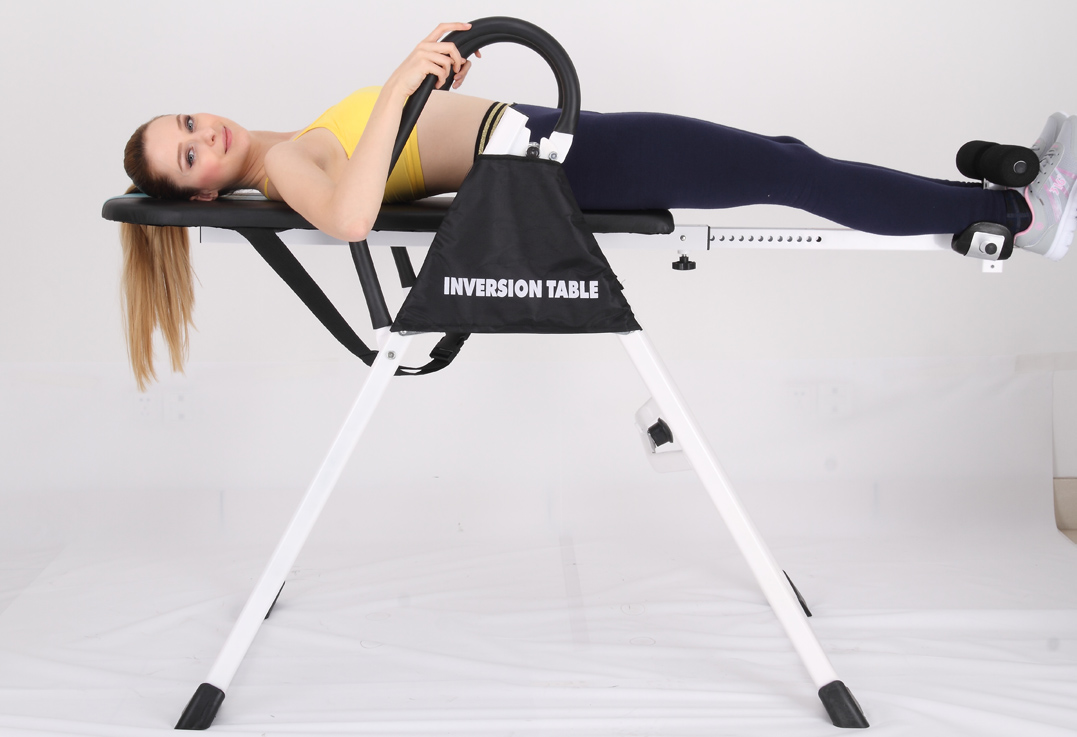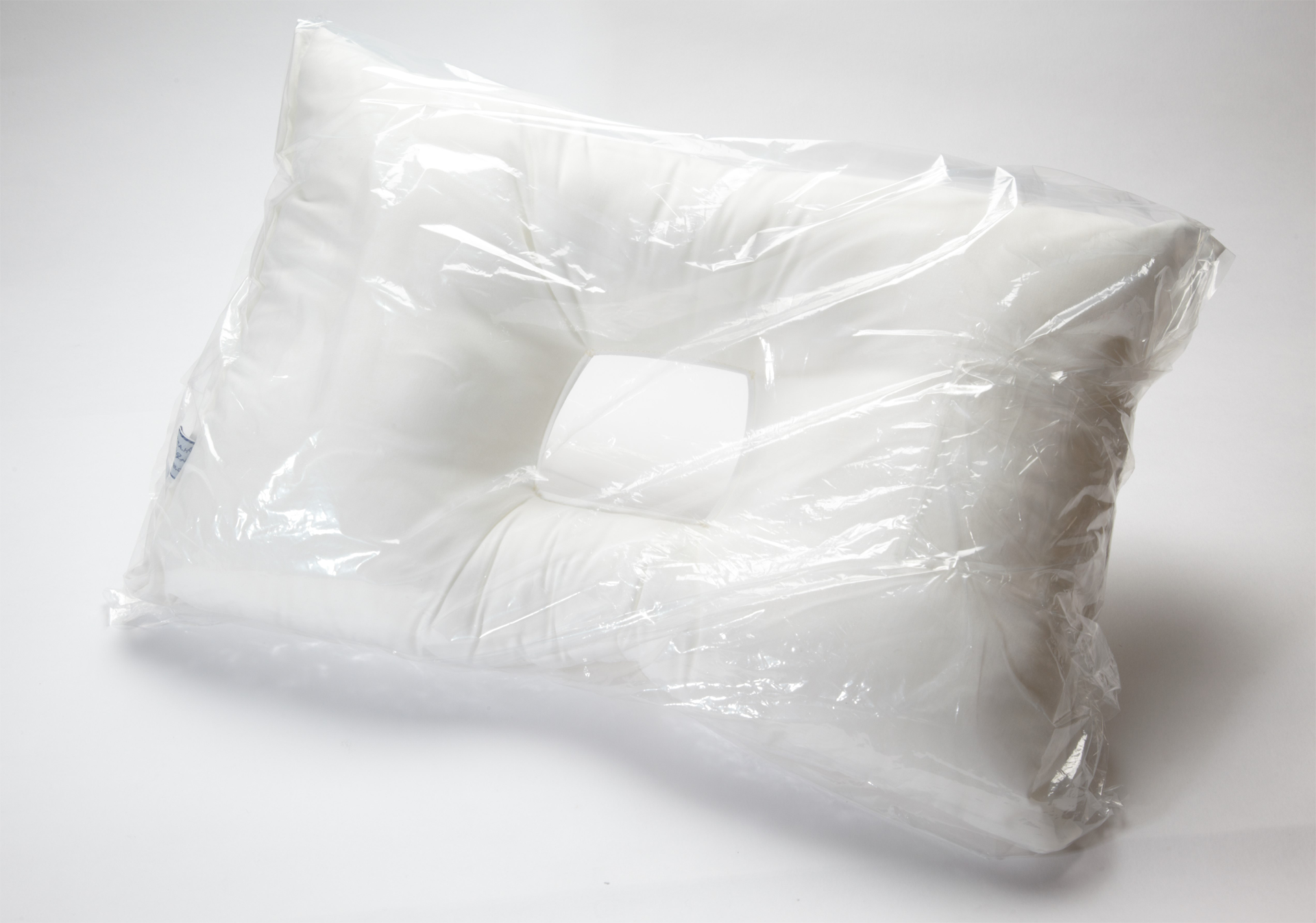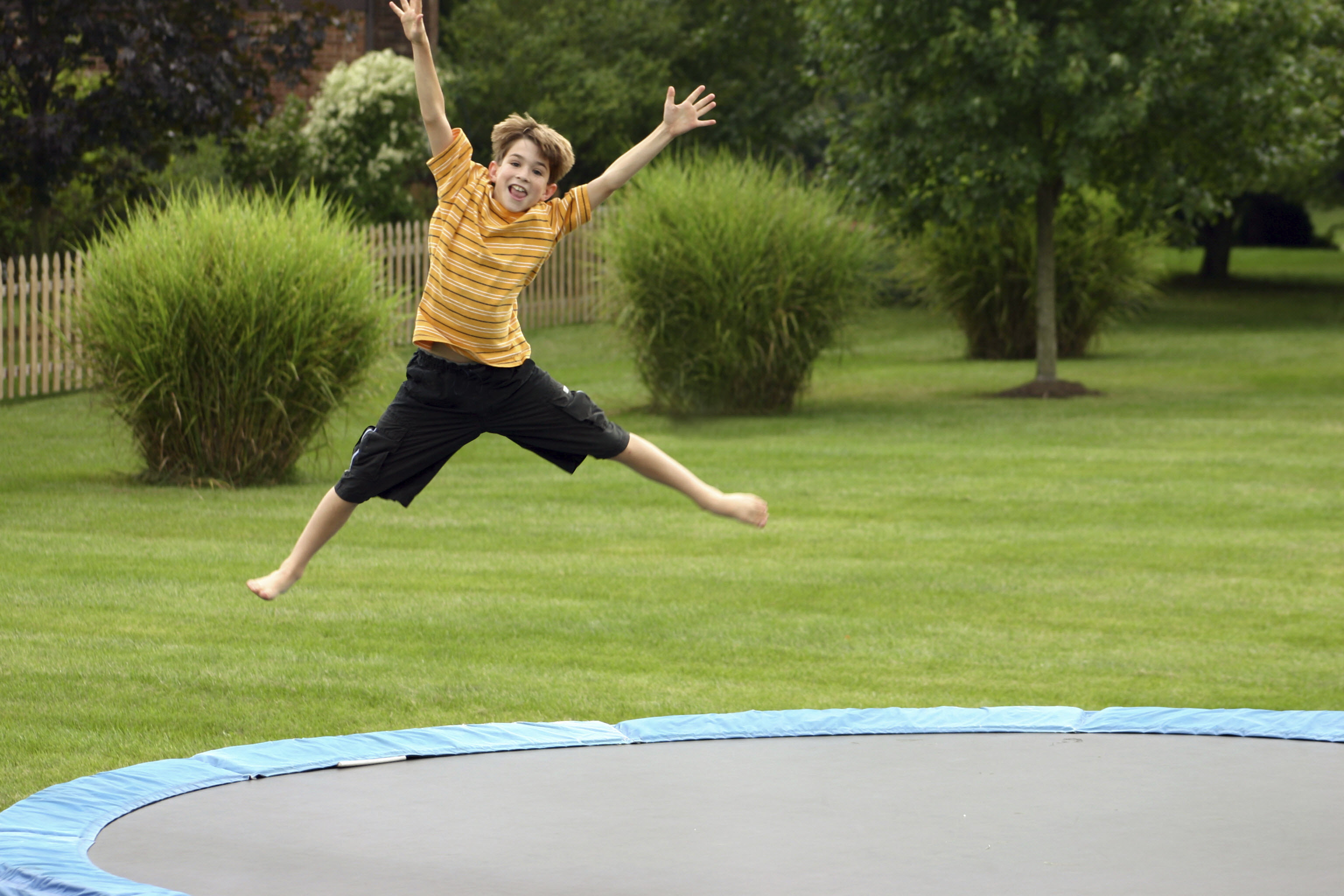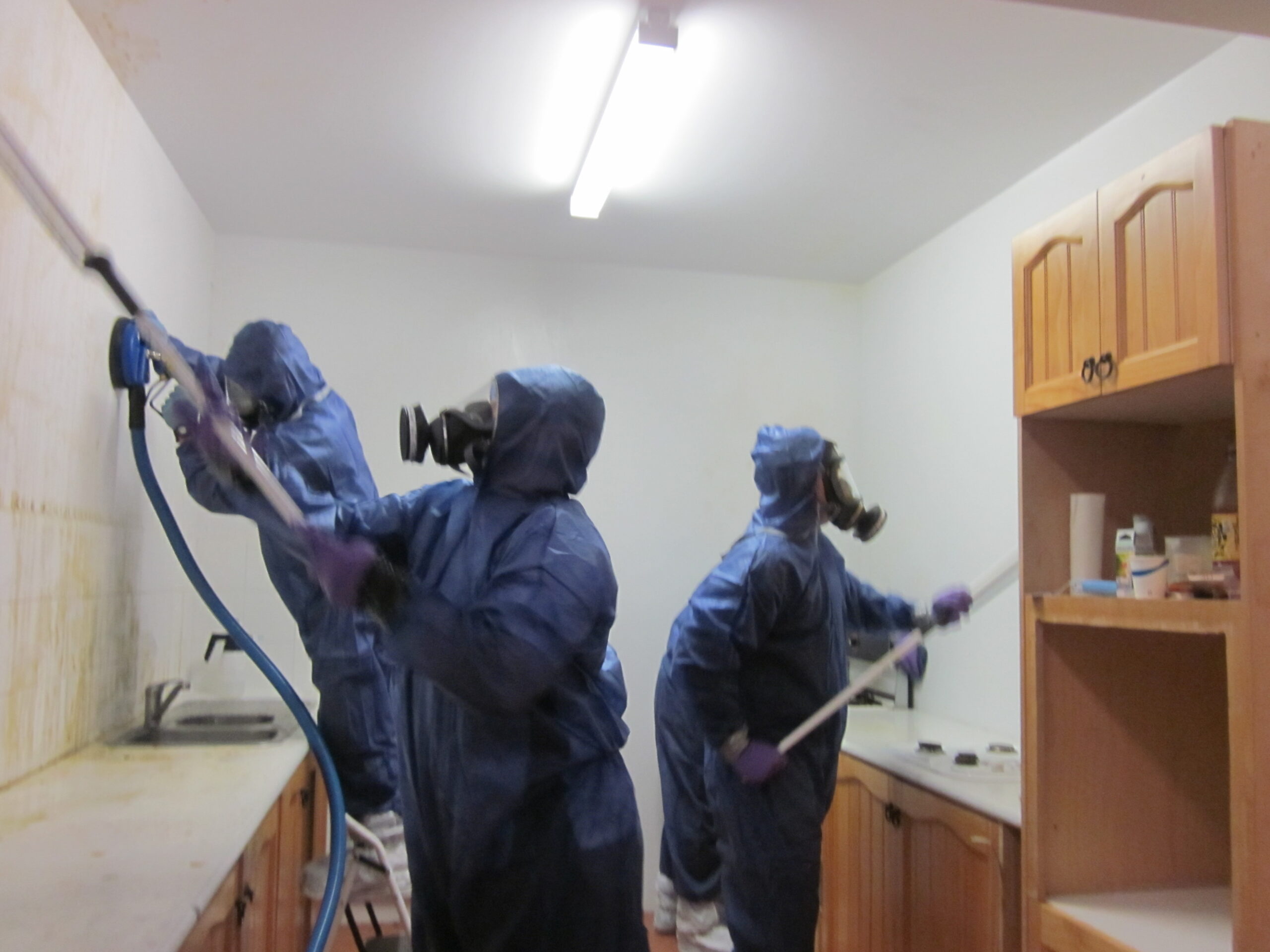“If you’re a runner or an athlete, you know what shin and calf pain feels like”, said DinoDerm compression marketing director, Cindy Wallace. This is the kind of pain that prevents you from training, and it’s a pain that comes right in your shins, just above your ankles and in the middle of your legs. Because of this, it can be quite frustrating to try and cope with this sort of pain, but over time, the pain eventually subsides and you can finally get over it. However, this pain can sometimes rear its ugly head again.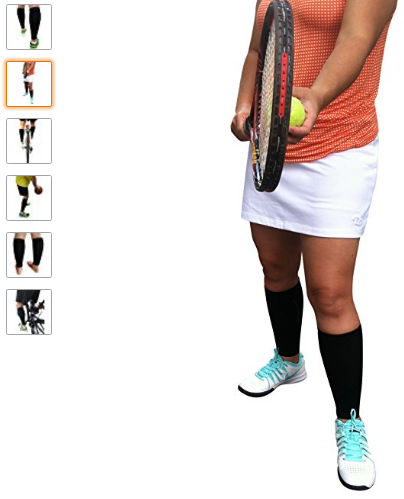 if you haven’t figured it out by now, we’re talking about shin splints. Shin splints are a painful affliction that affects a lot of athletes, but thankfully there is something that can be done to fix it. You’ll not only learn what causes it, but you’ll also verify what it feels like and what can be done to prevent it from ever happening again.
if you haven’t figured it out by now, we’re talking about shin splints. Shin splints are a painful affliction that affects a lot of athletes, but thankfully there is something that can be done to fix it. You’ll not only learn what causes it, but you’ll also verify what it feels like and what can be done to prevent it from ever happening again.
What are shin splints?
Basically, when you run, you’re bearing a lot of weight on the front of your legs. There are muscles and support structures here that have to endure a lot of wear and tear over time, resulting in break down and degradation. This is something that happens to all athletes regardless of how well-trained they are, and eventually, if you allow it to continue, it can worsen. It begins because most of the time people run with poor form. When you run with bad form, you’re unable to properly support your body, resulting in a lot of damage to your legs. It can also happen when you run on concrete or a rough surface for long periods of time. If you were to instead run on grass or some other surface with good support, then you would be in good shape to avoid getting shin splints, period.
How Do You Fix Them
Thankfully, as frustrating as they are to have, there are ways to get rid of shin splints. One of the best ways to get rid of them is through getting good shoes. Good shoes, like comfortable and supportive running shoes, will do much to prevent them from getting very serious in terms of pain threshold and other problems. If you want to prevent other problems from getting worse, it’s also vital that you continually monitor the status of your shoes and their ability to break down. If they degrade in terms of structural integrity, you could see a reoccurrence of your symptoms.

Carl Clay is a health blog author who has been writing about nutrition, fitness and healthy living for over 10 years. He also loves to run, hike and bike with her wife.


